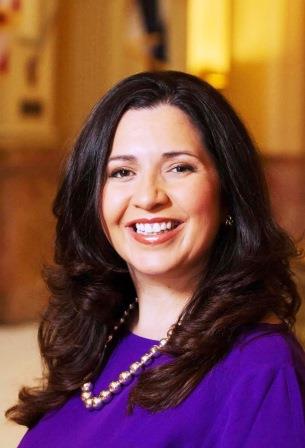COLORADO CRACKS DOWN ON SCHOOLS USING WEAK READING CURRICULUM
By Ann Schimke
Colorado officials have ordered 15% of the state’s school districts to replace low-quality elementary reading programs, a major step toward enforcing a 2019 law that requires schools to use a reading curriculum backed by science in kindergarten through third grade. The state education department sent out dozens of letters in late October 2021 notifying districts that one or more of their schools use unacceptable reading curriculum and that district officials must submit plans by Jan. 17 2022 for complying with the law. State officials said they likely will send more letters after clarifying what curriculum some districts are using. Given Colorado’s local-control ethos and the wide latitude schools have long enjoyed in choosing curriculum, the state’s oversight effort is unprecedented and already appears to have prompted some of Colorado’s largest districts to adopt new reading programs.

But some literacy advocates worry that there are signs of state backpedaling after a recent decision by education department leaders to allow at least 14 districts to continue using a state-rejected reading program called ReadyGEN. Even so, the state’s crackdown on the K-3 reading curriculum seems to be working. Melissa Colsman, associate commissioner of student learning at the Colorado Department of Education, said only 41% of Colorado’s 178 school districts last spring met rules on K-3 reading curriculum. In fall 2021, that proportion has risen to 63%.

Officials from the 90,000-student Denver district announced recently at a public literacy event organized by Chalkbeat that they’re piloting a state-approved reading program — Core Knowledge Language Arts — in some schools this year, with plans for a wider adoption in the coming year. The curriculum is among a dozen core reading programs that the state has approved for use in kindergarten through third grade. Officials in the Jeffco, Dougco, and Cherry Creek districts are also piloting or selecting state-approved reading programs this year. Some schools in the three districts have been using a state-rejected reading program commonly called Lucy Calkins, which experts have criticized for encouraging students to guess at words instead of sounding them out.
A spokesman for the Eagle County district in western Colorado said schools there switched to a new state-approved reading curriculum — Into Reading or the Spanish version ¡Arriba la Lectura! — midway through last year. At least one district appears poised to challenge the state’s new rules on reading curriculum.
A spokesman for the 29,000-student Boulder Valley district said district schools will continue using Fountas & Pinnell Classroom, a core program rejected by Colorado reviewers in 2020 and by evaluators for the nonprofit curriculum review organization, EdReports, earlier this month. State officials said they didn’t send a letter to Boulder Valley about Fountas & Pinnell Classroom because the district didn’t include that
curriculum in the list of K-3 reading programs they submitted to the state. Instead, the district cited another program from the same publisher that has not been vetted by the state.
District spokesman Randy Barber said Fountas & Pinnell Classroom is part of a “layered approach” to reading instruction that also includes a state-approved supplemental phonics program called Fundations. He said the district has not received a letter from the state citing problems with Fountas & Pinnell Classroom. A similar issue seems to be at play in the 38,000-student Aurora district. Last year, one-third of schools there used Lucy Calkins. But state officials said recently they didn’t send a letter to Aurora because that curriculum wasn’t included in the list of K-3 reading programs the district submitted to the state. Aurora district officials could not be reached for comment.
School districts often adopt new curriculum every six or seven years. Such purchases can be expensive, but the influx of federal COVID relief money means schools now have extra cash that can cover such one-time expenses. Experts say well-trained teachers are critical to teaching reading well, but that high-quality curriculum can make that job easier.
In Denver, the state’s largest district, many schools use state-rejected curriculum, with the most common ones being the 2018 version of Benchmark Advance and Benchmark Adelante, the program’s Spanish version. Meredith Stolte, the district’s director of humanities, said during a literacy event that she’s seen a big difference in reading instruction in the pilot classrooms. “When children engage in the explicit and systematic way of learning to read, the light in them is completely different because … they can understand and it’s not a guessing game,” she said, “which, to be honest, is some of what exists in older curriculum like Benchmark.”
Parent Priscila Ramirez, who also spoke at the literacy event, described the frustration she felt about the reading instruction her son, now a fourth-grader, received in Denver. “Unfortunately, after many years and different schools we saw that he wasn’t learning,” she said. “He wasn’t learning because the learning system or the curriculum that is followed in most schools is not functional for children with dyslexia.” If districts don’t submit a plan to switch from subpar reading curriculum by the state’s Jan. 17 deadline, Colsman said the department will send reminders. If that doesn’t work, the department could lower districts’ accreditation rating. “We want to avoid that as as much as possible because … it’s a blunt instrument,” she said.






